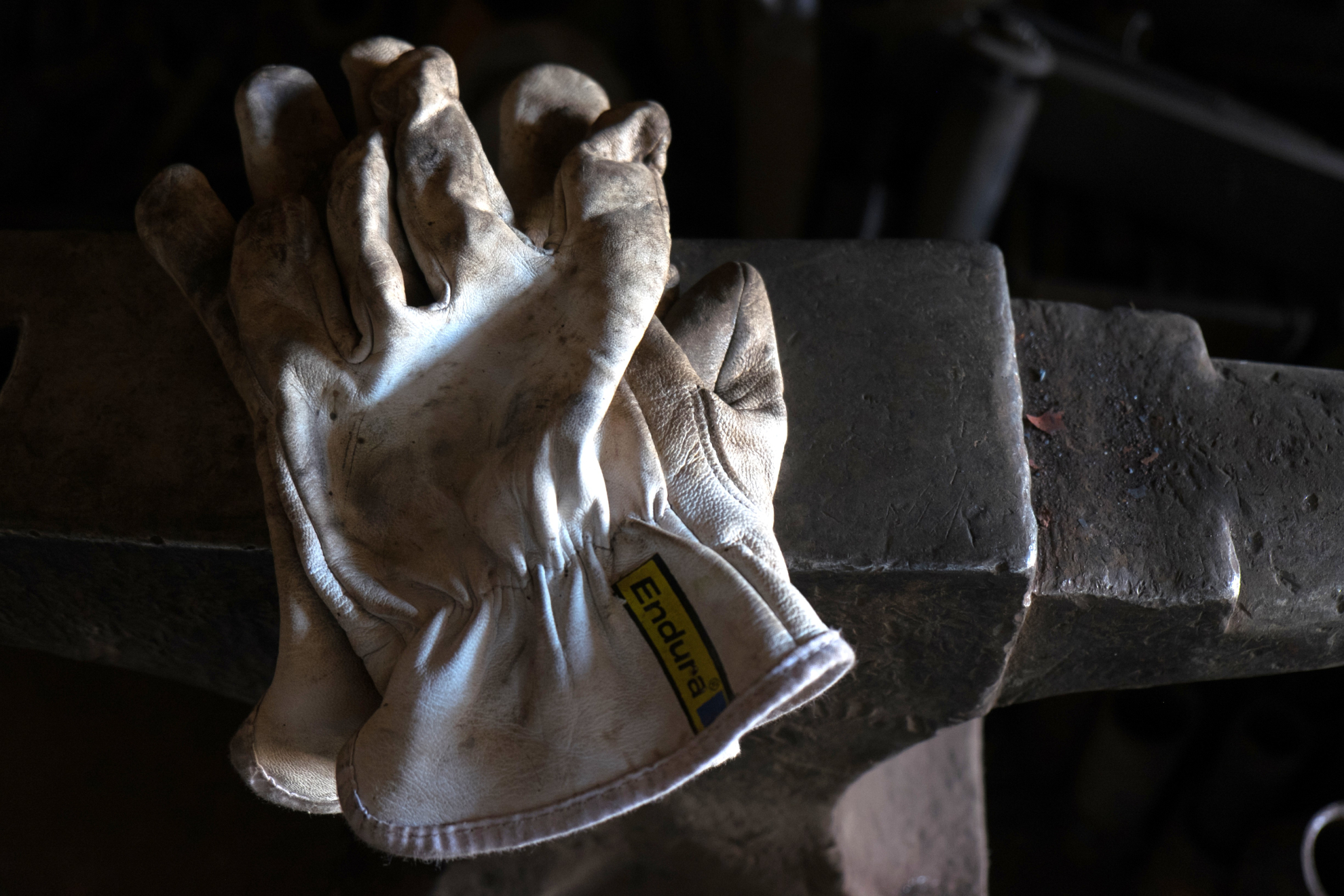
(Photo: Iowa Soybean Association/File Photo)
Knuth: Ag market downturn requires renewed scrutiny on fixed costs
April 17, 2025 | Aaron Putze, APR
Market volatility is nothing new for farmers, but the current downturn in agricultural markets appears to have staying power.
I visited this week with Farm Credit Services of America Sr. VP Jim Knuth. With over 40 years of commercial and ag lending experience, Knuth shared his take on the current ag economy and strategies farmers can use to persevere through this period of low commodities prices and tight cash flow.
Q. How do you frame up the current market downturn in your conversations with farmers?
Knuth: This is an expected part of the ag cycle. High prices don’t last forever. Proactive adjustments to the cost side of the operation are the most important thing a farmer can do during this current cycle. This includes evaluating all aspects of the business. Everything should be on the table and everything should be negotiable.
Q. What specific areas of the operation can provide the biggest savings and thus, have the greatest impact on the bottom line?
Fixed costs. It’s your fixed costs that separate low cost, medium cost and high cost operations. Your fixed costs comprise four things. First, the cost of your owned acres. Be sure to include the cost of grain handling systems, the new shop, and new house if these items need to be paid for through the land. Second, the cost of your rented acres. On rented ground, we recommend the cost being around one-third of your expected gross revenue per acre. If you are paying a “rental premium” to retain rented acres, how long can you afford to do that? Third, machinery and equipment costs. I think we all know these costs have gone up significantly over the past few years. It may be time to re-think your machinery and equipment business model. And fourth, family living expenses. This is about determining what are need-to-have expenses versus nice-to-have expenses.
Q. Tell me more about re-thinking your machinery and equipment business model?
The traditional machinery and equipment business model here in the upper Midwest is: “We own it all.” That’s partly because we have always done it that way and partly because our tax laws encourage it with accelerated depreciation. The question now becomes, can we continue to afford the traditional business model or do we need to consider other options? What about some leasing versus owning? What about equipment sharing with neighbors or relatives? What about custom farming – either having more done for you or doing more yourself to generate extra revenue? In production agriculture, we make money by utilizing machinery and equipment, not necessarily owning it. In my 40-plus years of lending, I’ve never had a farmer tell me they have made all their money owning machinery and equipment. Food for thought.
Q. What other strategies should farmers consider as they proceed with planting this year’s crop?
Understanding cost adjustments will not be one big thing, rather it’s more likely to be several smaller adjustments that will add up. Control the things you can control, starting with fixed costs. Adjusting these expenses is tough, but necessary.
Q. We always hear about a focus on working capital in down cycles. What’s your advice?
We like to think about this in terms of working capital per acre for grain producers. Our recommended minimum is 20% of your expected gross revenue per acre. Your working capital is your short-term risk bearing ability. How can you retain it? How can you enhance it? Or what is your burn rate and how long will that carry you? The bottom line is – it’s hard to run a business without working capital.
Q. What about interest rates?
We don’t see a lot of opportunities for interest rate adjustments. If you’re thinking about new debt, it’s going to have to work in today’s interest rate environment as we don’t see any big downward adjustments in the short-term.
Q. And your closing thoughts?
There aren’t magical answers during this current market downturn, but we’re really blessed that we have great production in the state of Iowa and typically can count on excellent bushels. How we manage costs and the marketing of those bushels will ultimately determine our success.
Putze serves as ISA Chief Officer of Brand Management & Engagement (aputze@iasoybeans.com).
Back